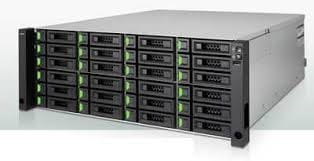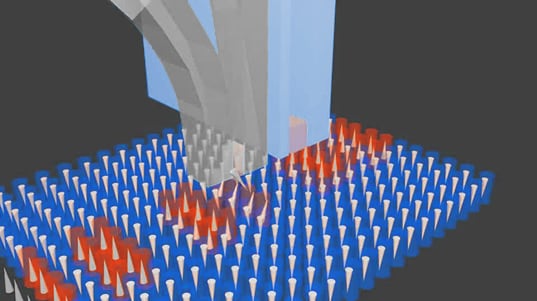- General Top
- SEMICONDUCTOR
- STORAGE
- COMPANY
-
My ToshibaSemicon
- Semiconductor Top
-
ApplicationsAutomotive
Body Electronics
xEV
In-Vehicle Infotainment
Advanced Driver-Assistance Systems (ADAS)
Chassis
IndustrialInfrastructure
BEMS/HEMS
Factory Automation
Commercial Equipment
Consumer/PersonalIoT Equipment
Healthcare
Wearable Device
Mobile
Computer Peripherals
-
ProductsAutomotive Devices
Discrete Semiconductor
Diodes
Transistors
Logic ICs
Analog Devices
Digital Devices
Wireless Devices
※
: Products list (parametric search)
Power SemiconductorsSiC Power Devices
※
: Products list (parametric search)
Isolators/Solid State RelaysPhotocouplers
Digital Isolators
Solid State Relays
Fiber Optic Transmitting Modules
※
: Products list (parametric search)
MOSFETsIGBTs/IEGTsBipolar Transistors※
: Products list (parametric search)
Diodes※
: Products list (parametric search)
MicrocontrollersMotor Driver ICsIntelligent Power ICs※
: Products list (parametric search)
Power Management ICsLinear ICs※
: Products list (parametric search)
General Purpose Logic ICsLinear Image SensorsOther Product ICsOther Product ICs
※
: Products list (parametric search)
-
Design & Development
Design & Development
Innovation Centre
At the Toshiba Innovation Centre we constantly strive to inspire you with our technologies and solutions. Discover how to place us at the heart of your innovations.
-
Knowledge
Knowledge
Highlighted Topics
Further Materials
Other
- Where To Buy
- Part Number & Keyword Search
- Cross Reference Search
- Parametric Search
- Stock Check & Purchase
This webpage doesn't work with Internet Explorer. Please use the latest version of Google Chrome, Microsoft Edge, Mozilla Firefox or Safari.
require 3 characters or more. Search for multiple part numbers fromhere.
The information presented in this cross reference is based on TOSHIBA's selection criteria and should be treated as a suggestion only. Please carefully review the latest versions of all relevant information on the TOSHIBA products, including without limitation data sheets and validate all operating parameters of the TOSHIBA products to ensure that the suggested TOSHIBA products are truly compatible with your design and application.Please note that this cross reference is based on TOSHIBA's estimate of compatibility with other manufacturers' products, based on other manufacturers' published data, at the time the data was collected.TOSHIBA is not responsible for any incorrect or incomplete information. Information is subject to change at any time without notice.
require 3 characters or more.
Case Study: Cost-Optimised HDD Solution Meets Exacting Demands of Surveillance Sector

Thanks to the advent of IP technology and the development of multi-megapixel high-definition (HD) cameras, the proliferation of surveillance systems and their performance capabilities have increased dramatically over recent years. Through the superior image quality that can now be derived from such systems, great advances have been made in safeguarding the public from criminal activity and potential acts of terrorism. Analyst firm MarketandMarkets estimates that the global video surveillance business will experience a compound annual growth rate (CAGR) of 10.4% between now and 2025, reaching an annual worth of $74.6 billion by the end of that period.
The greater prevalence of cameras and the resolution of the images they can produce are both key factors in maintaining public safety and the protection of property. The first means that there is more chance of an offence being caught on camera, while the second will be pivotal in providing the evidence required to take action (such as accurate identification of the perpetrator).
Because of the factors just outlined, the amount of video footage now being recorded (due to more cameras being in operation) and the quantity of data relating to this footage (due to the heightened resolution levels) have both increased dramatically. This has repercussions in respect to the accompanying data storage. Take a single 2 megapixel HD camera. If this is running at an imaging rate of 6IPS, then it will generate data at 12Mbps. Over the course of a full day, this will equate to 129.6GBytes of data.
All this data places considerable load on the supporting storage capabilities same as network infrastructure and thereby presents substantial engineering challenges. In a new, highly informative case study, Toshiba outlines how it has worked with leading surveillance technology provider Secure Logiq on the development of the data storage resources needed for the company’s 1344TB capacity HPS-4U-XL HD servers. Based on Toshiba’s MG Series of high-reliability enterprise capacity HDDs, the solution provided was able to achieve elevated levels of performance and assured long-term operation, while still being extremely cost effective.
To learn more about this project download the whitepaper:







